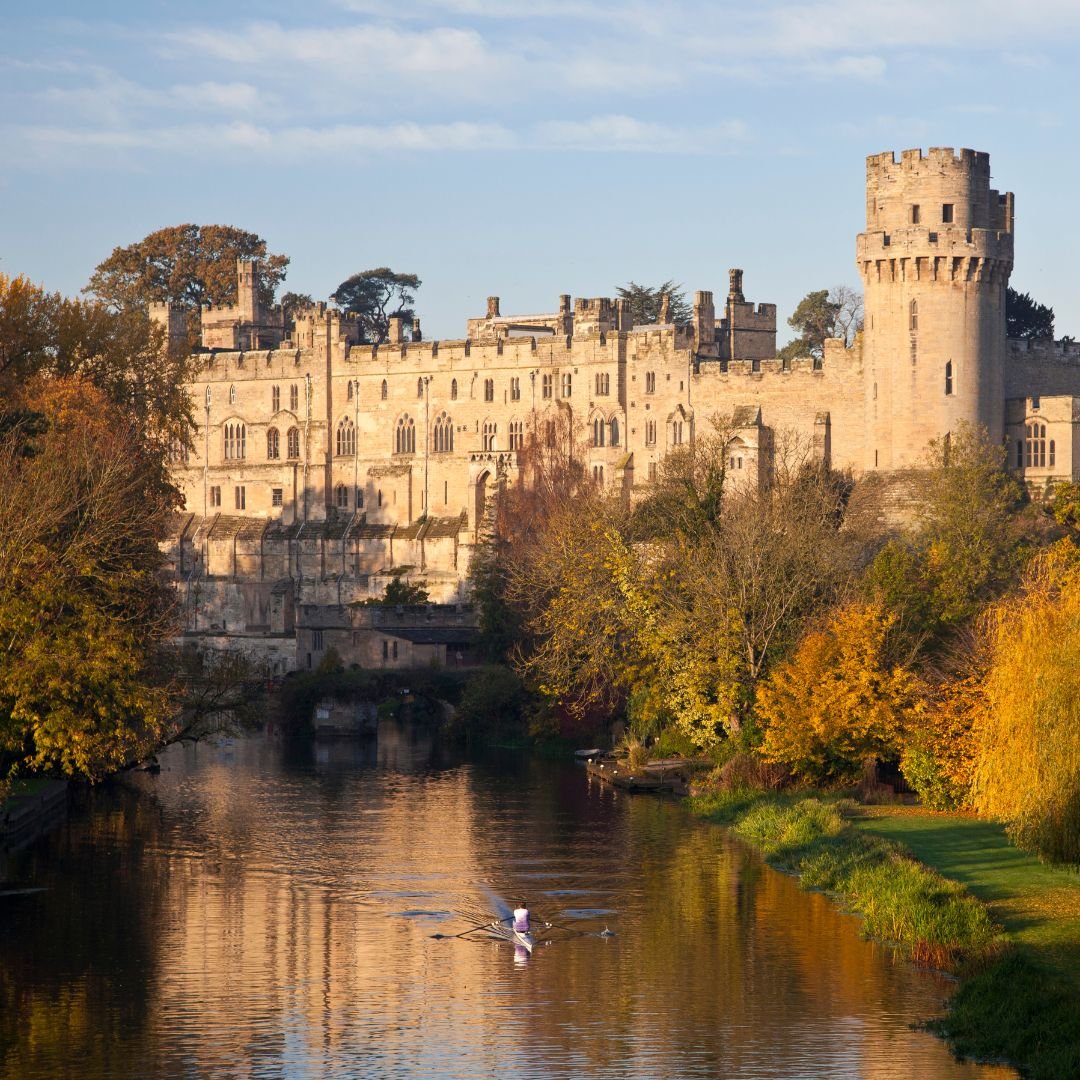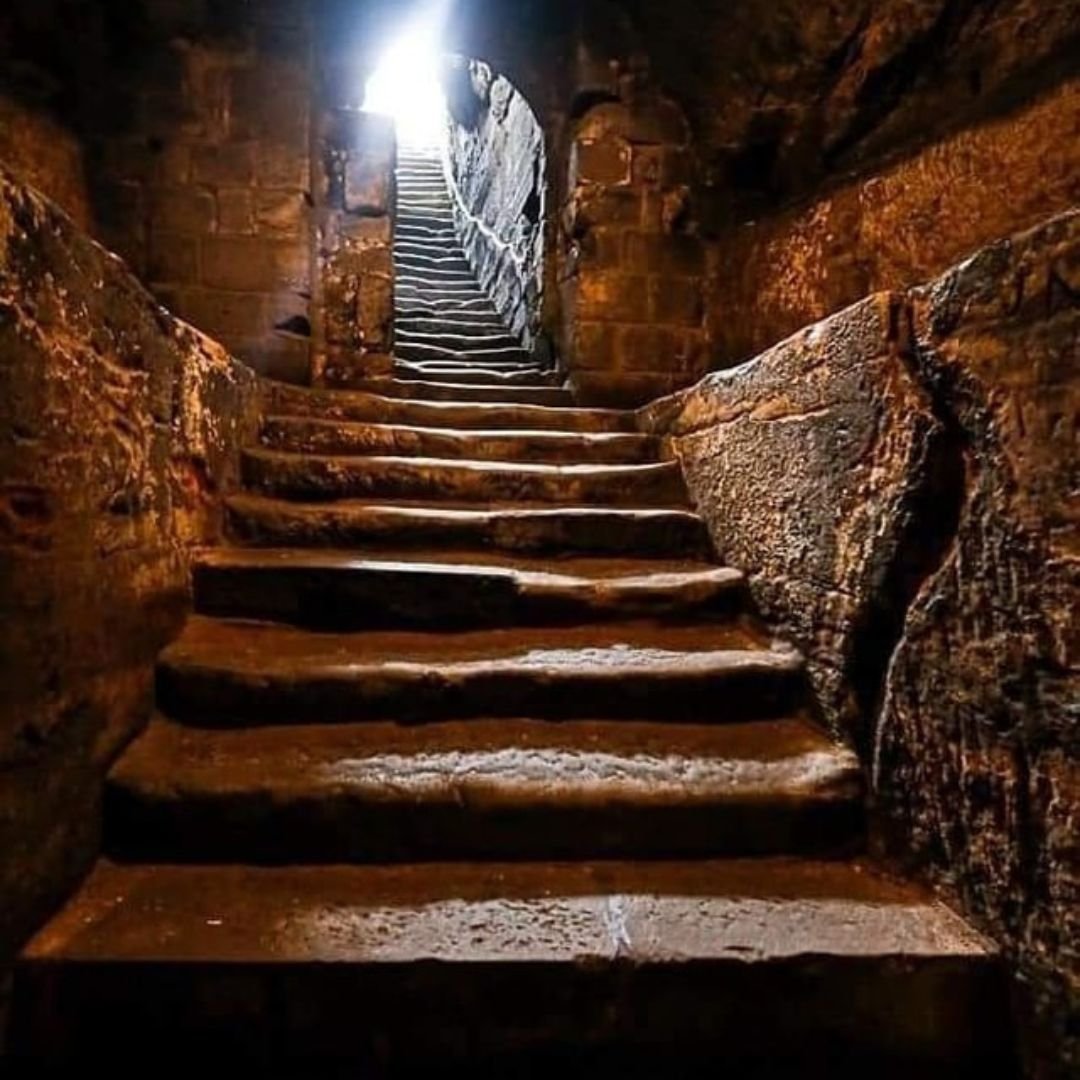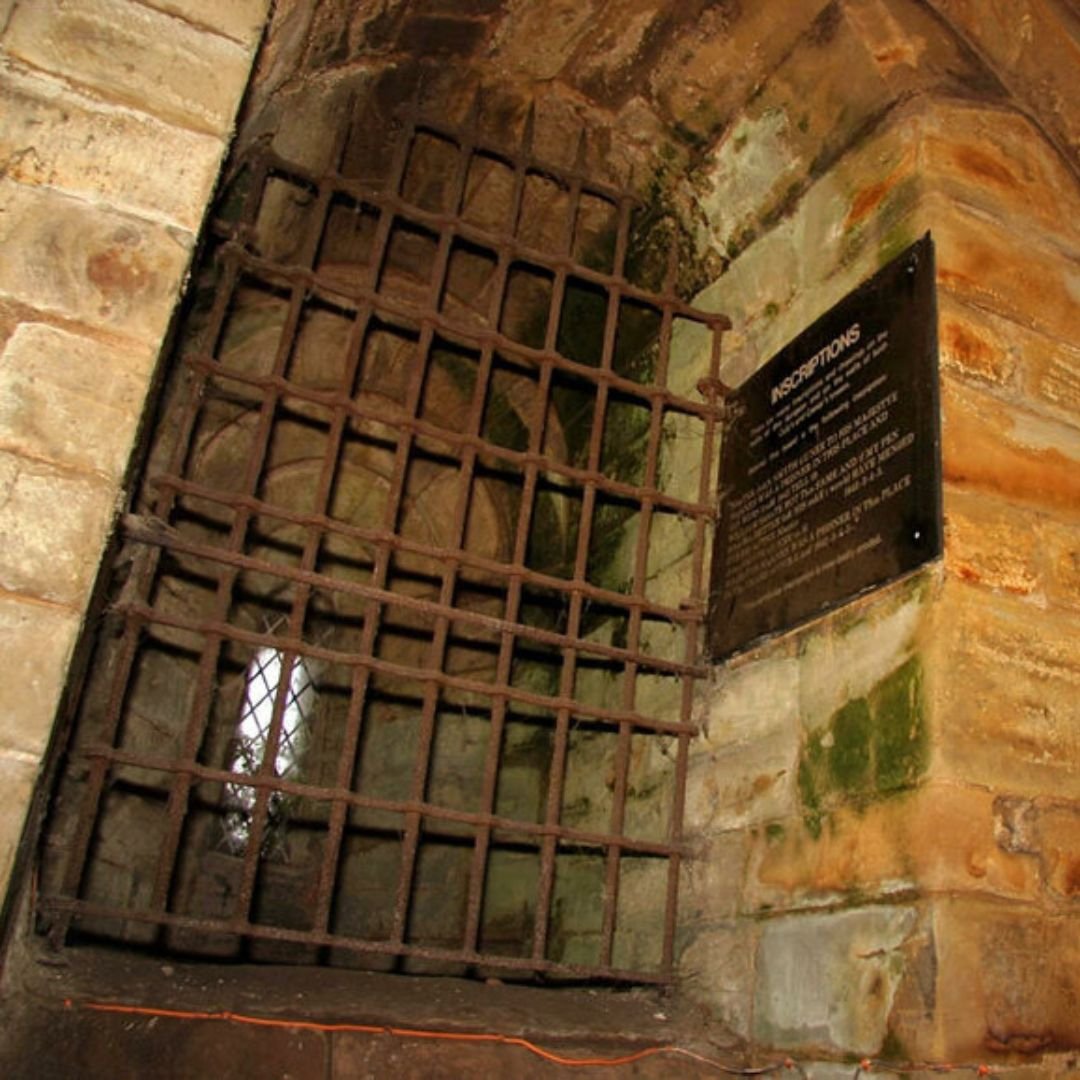Warwick Castle’s Oubliette Inside Eerie Dungeons
The dungeon in Warwick Castle features an ancient claustrophobic chamber known as an 'oubliette'.
It was so named because a prisoner was thrown down this dreadful chamber and abandoned.
An oubliette was a specialised type of dungeon, with the only entrance a trap door at the top, agonisingly out of reach of the prisoner.
Often, this horrible prison was shaped like a very narrow passage, not wide enough for the prisoner to sit down or even get down on his knees.
The prisoner was forced to stand or lie prone as he starved to death.
They could tilt their head back ever so slightly to see the grate, far above their head and out of reach, but that was all.
They would have been lowered into this shaft by a guardsman, and, once they reached the bottom, the rope would have been taken up and the trap-door above them would have been closed.
Often, the shaft would have been so deep that there would have been no way to reach up to the trap-door.
Food and water might have been thrown down to them if they were lucky (or if their survival was seen to be important), but it was, all in all, a truly horrible punishment.
Usually, prisoners were abandoned completely and left to die.
Warwick Castle, built by William the Conqueror during 1068, has a fine example of the much feared ‘Oubliette’ within its dungeons.
The purpose of a medieval castle dungeon was to detain prisoners - the dungeons were often dark, damp, and dirty, and were not meant to be comfortable places.
Prisoners were usually kept in chains or locked in cages, and they were often subjected to torture.
Warwick Castle’s oubliette is horizontal, long, narrow, and paved with jagged stones that jut up from the floor.
In this case, the prisoner lies prone on the stones, the ceiling of his tiny prison inches above him so that he cannot move away from his agony.
In addition to the inescapable physical pain, the prisoner might easily lose his sanity in the clammy, claustrophobic conditions.
Warwick Castle was infamous as a prison, with many high-profile inmates held within its walls.
It was at Warwick Castle that Edward IV was held prisoner in 1469.
King Edward IV was locked up during the Wars Of The Roses by Richard Neville, the Earl of Warwick, who was imprisoned in the castle before being released again
Few Norman keeps in English castles originally contained prisons, though they were more common in Scotland.
Imprisonment was not a usual punishment in the Middle Ages, with most prisoners awaiting an imminent trial, sentence or a political solution.
Noble prisoners were not generally held in dungeons, but lived in some comfort in castle apartments.
The Tower of London is famous for housing political prisoners, and Pontfractf Castle at various times held Thomas Lancaster, Richard II and the Archbishop of York.
Purpose-built prison chambers in castles became more common after the 12th century, when they were built into gatehouses or mural towers.
Most dungeons were dark, damp, and dirty, and were not meant to be comfortable places.
Torchlight and candles were the only sources of light, casting eerie and flickering shadows on the cold, damp walls.
Sanitation was almost nonexistent, so prisoners lacked proper facilities for hygiene, resulting in unsanitary conditions that could lead to disease and discomfort.
Food was a rarity too, prisoners received small rations, often consisting of bread and water, sometimes supplemented with scraps or leftovers from the castle kitchen.
Many prisoners were kept in isolation, with no contact with the outside world or other prisoners.
This isolation, combined with the harsh conditions, could lead to mental anguish, despair, and hopelessness.
Worst of all, prisoners were usually kept in chains and often subjected to torture.
If your’e investing in learning more, Warwick Castle offer full tours of their spooky dungeons - the Castle Dungeon is a hauntingly thrilling attraction that is not for the faint hearted!
Prepare to be transported back in time to the days of the putrefying Plague as you see, hear, feel and smell the castle’s resident creatures.
You’ll be able to meet the Castle’s resident ‘Plague Doctor’.
Able to smell out rotting meat a mile off within your group, this ‘Doctor’ will sniff you out and test out all their learning on symptoms, causes and cures of the wretched Plague.
You’ll also come face to face with The Torturer, an expect in their craft, as they take great pleasure in demonstrating on unwilling peasants.
Warrick Castle has excellent reviews on TripAdvisor, a recent visitor said: “We had the very best tour guide today. Andrew from the history team did a wonderful history tour that was full of facts and laughter.
”It was so good we scheduled our day so we could go back for another one of Andrews tours/shows. Best visit in years.”
Another person added: “I went to the dungeons and it was a great experience - but the highlight of the day was Andrew’s talk on Henry VIII! Incredible knowledge and so passionate! Wow.”
If you’d like to visit, the address is: Warwick CV34 6AU.
If you enjoyed this blog post, please follow Exploring GB on Facebook for daily travel content and inspiration.
Don’t forget to check out our latest blog posts below!
Thank you for visiting Exploring GB.


















